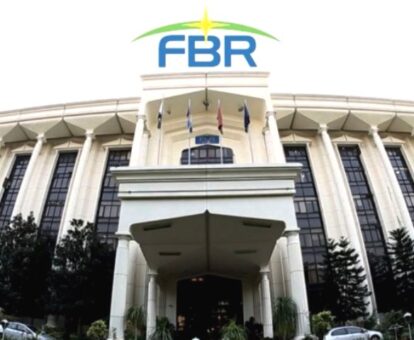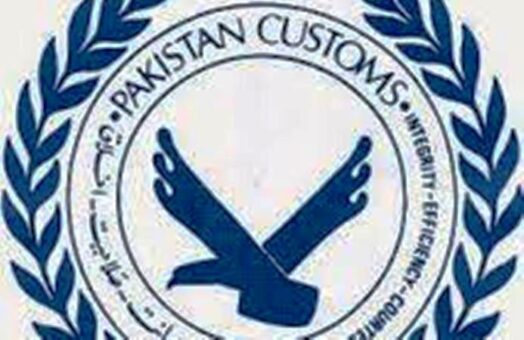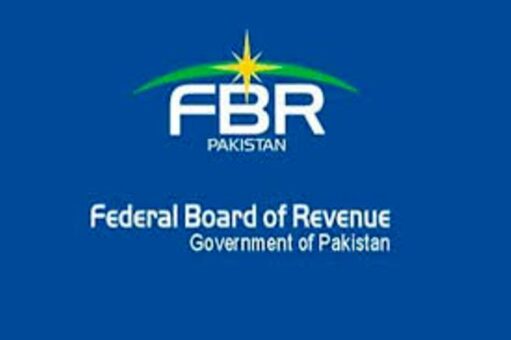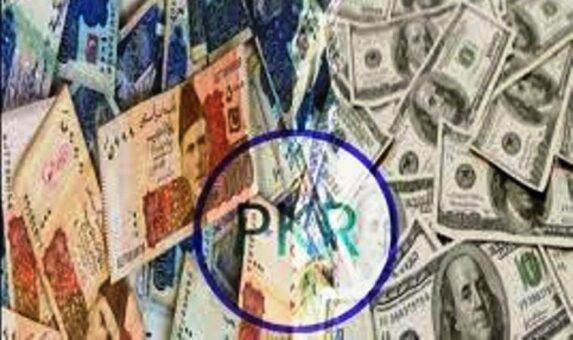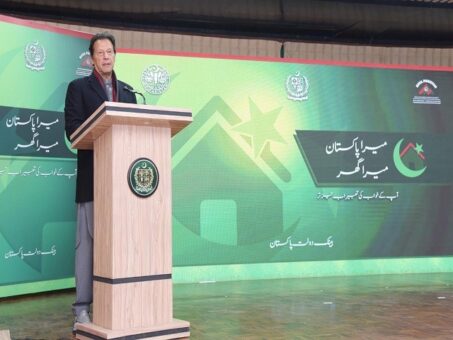KARACHI: Employees Old-Age Benefits Institution (EOBI) has proposed a self assessment scheme under which the institution may select companies through random balloting for audit.
EOBI Chairman Shakeel Ahmed Mangnejo said that for the convenience of employers as well as to encourage more contributions from them, a Self-Assessment Scheme is proposed in the upcoming amendment into the EOBI Act, under which, companies to be audited shall be selected by random balloting.
READ MORE: EOBI pension to increase Rs15,000 per month
He was addressing the SITE Association of Industry (SAI).
EOBI Chairman announced to make EOBI Helpdesk at SITE Association functional with immediate effect and depute an officer to attend the Helpdesk at least once in a week for better coordination between registered employers and EOBI as well as to resolve issues of members of the Association.
Expressing views on minimum wage and contribution, Chairman EOBI asked the industrialists to make payment at Rs. 13,000/- wage and clear the backlog as the EOBI fund is also facing difficulties.
He gave the option of installments to those who are paying contributions of less than 780/- per month to clear their backlog.
READ MORE: SITE Association demands reversing policy rate at 7%
He further informed that EOBI is currently paying Rs50 billion per annum to more than 400,000 pensioners. Therefore, everyone should pay a contribution on time Rs13000 minimum wage in the larger interest of registered workers and suggested to report harassment cases under Section 35 of the Act – a portal for this is already active on their website.
Replying to a query from Ex-President Saleem Parekh regarding sharing of EOBI accounts, Chairman EOBI informed that un-audited accounts up to the year 2020, together with minutes of BOT, have been placed on the website of EOBI.
Chairman EOBI further said that companies whose contributions exceed Rs. 100,000/month would be bound to pay their contributions through EOBI’s automated Facilitation System (FS) from 1st February 2022. This is necessary to maintain an accurate record of registered workers. By March 2022, EOBI is expected to launch its mobile app as well.
READ MORE: SITE Association signs MoU for tax return filing
Earlier, President of SITE Association of Industry Abdul Rasheed, while welcoming the guests, said that a representative of SITE Association should be taken in the Board of Trustees of EOBI and stressed the need to re-activate EOBI Helpdesk at SITE Association as per past practice. He mentioned that collection targets issued by EOBI should be avoided and inspection of records should be done only once in a year. He also highlighted the issues being faced by pensioners, particularly widows, in getting pension.
SVP Saud Mahmood briefed members on the Profile of Shakeel Ahmed Mangnejo who is very well qualified and highly accomplished in all his previous postings.
Chairman of Labour Sub-Committee Abdul Kadir Bilwani on this occasion briefed the Chairman EOBI on the issues being faced by the employers and employees of SITE area which in particular included delay in issuance of pension cards, release of pending applications of pensioners for payments, relief in inspection audits given the COVID situation to help Industrialists, harassment of Industrialists by audit inspectors and unnecessary demand of company financials.
READ MORE: SITE Association hails FBR chairman’s no bank account freezing decision
Former president Jawed Bilwani said that industrialists are actual stakeholders of the country who generate employment, pay taxes and earn sorely needed foreign exchange. He demanded that representatives of employers in EOBI should provide evidence of having taken input from all industrial area associations before making any decision to avoid litigation.
Former president Younus Bashir on this occasion expressed views about EOBI audit and collection target, notorious activities of labour leaders in industrial areas and stressed the need to avoid time-consuming litigation and drew the attention of EOBI Chairman towards labour representatives’ conduct in the EOBI meetings. He also suggested linking the number of employees with the power & gas consumption of the industry for a better and holistic view of operations as opposed to arbitrary assumptions.
Dr. Javed Sheikh, Deputy Director General and Ali Muttaqi Shah, Regional Head, Nazimabad Region, EOBI, Abdul Rasheed, President of SITE Association of Industry, Saud Mahmood, SVP SAI, Muhammad Kamran Arbi, VP, Chairman of Labour Sub-Committee Abdul Kadir Bilwani, Former president Jawed Bilwani, Former president Younus Bashir, Tariq Yousuf, Sikandar Imran, Anwer Aziz, Saleem Nagaria, Muhammad Riaz Dhedhi, Azeem M. Afzal Motiwala, Touseef Ahmed, Farhan Ashrafi, Hussain Moosani, Junaid-ur-Rehman, Haris Shakoor, Shahid Ghazanfar and others were also present in the meeting.
